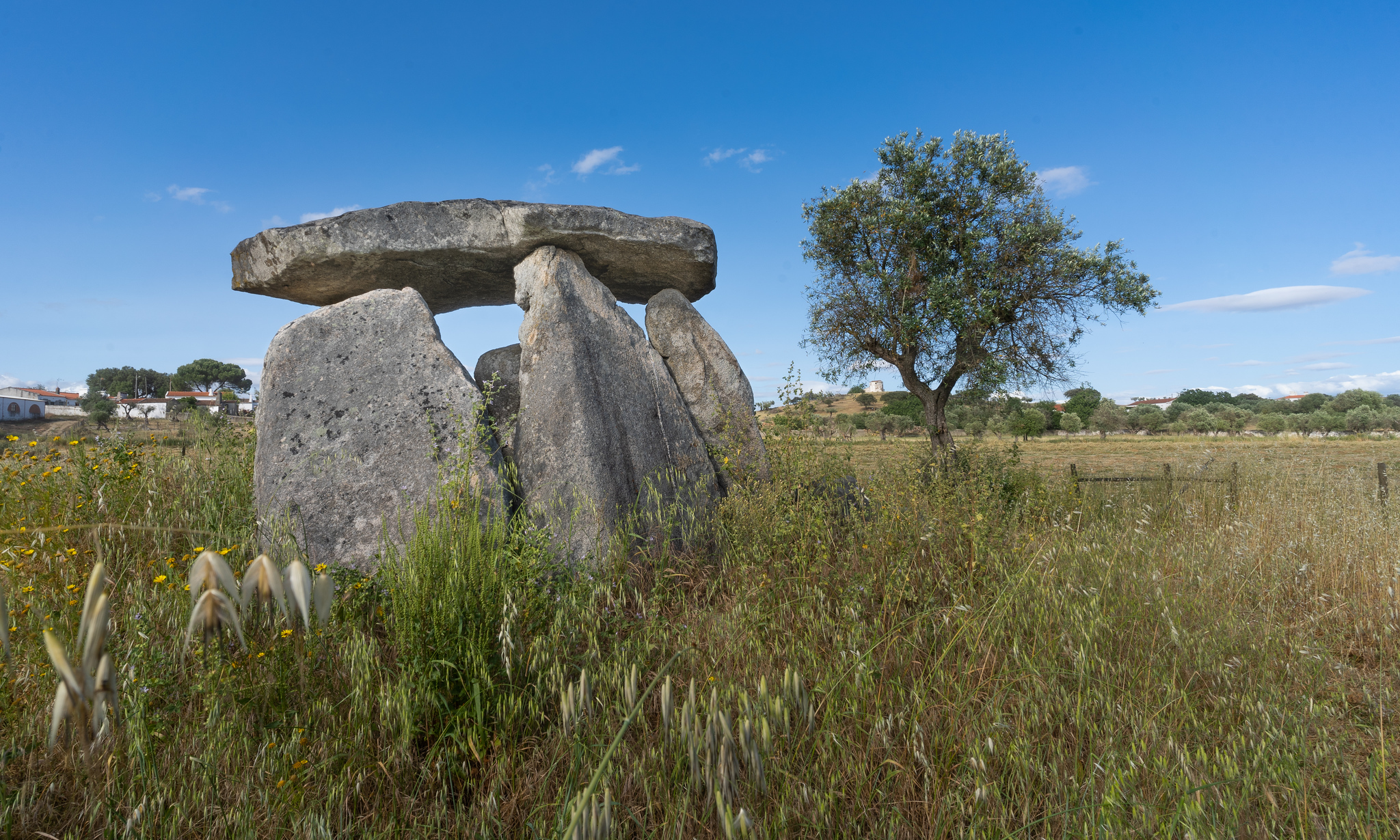I think I have posted about megaliths in
an earlier thread. Dolmens are actually the remnant of the inside chamber of a tumulus, the gravel and earth covering have been taken away. In western Europe, tumuli were all the rage between 4000 and 3000 BC, so this one is presumably that old. They are believed to be tombs, in the sense that human bones are found in the chamber. Of course we would not know whether they were built for that purpose or built for another purpose and a few century later some dynast would find out that they would be a cool place to bury him or her. We have plenty of tombs within medieval churches and we know these were not built as tombs. But maybe they were indeed built as tombs, just like the pyramids in Egypt (which date about 1000 years later).
Scientists recently learned a few things about them:
-they were not built, then burial happen and the tumulus would be closed for good; they were frequented for a few decades or even centuries after they were built.
-the bones usually belong to people of the same family
-they were built on prominences so as to be seen from afar, while the villages were usually in lower grounds to have access to water
-the population needed to erect them was much larger than the number of people buried at the place.
